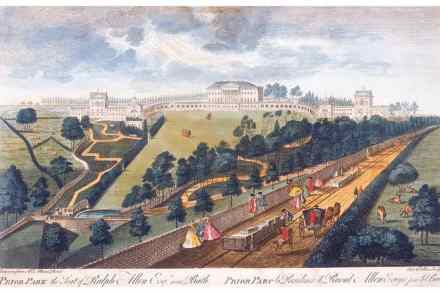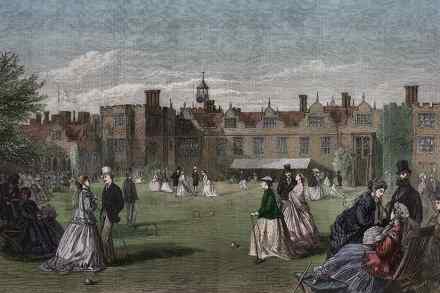Serenity and splendour: a choice of gardening books
This year marks the centenary of Britain’s National Pinetum at Bedgebury in Kent, originally founded to rescue the smog-ravaged collection of the Royal Botanic Gardens, Kew, and now part of a global conservation effort: one third of all conifer species are currently threatened with extinction. To celebrate the birthday, we have Bedgebury Florilegium by Christina Harrison and Dan Luscombe (Kew Publishing, £18), featuring 20 botanical paintings by Bedgebury’s Florilegium Society. This is a group of volunteer artists dedicated to documenting the Pinetum’s remarkable collection of more than 12,000 specimen trees. But perhaps the most beautiful book to cross my desk this year is Melbourne Hall Garden by Jodie Jones (Frances



